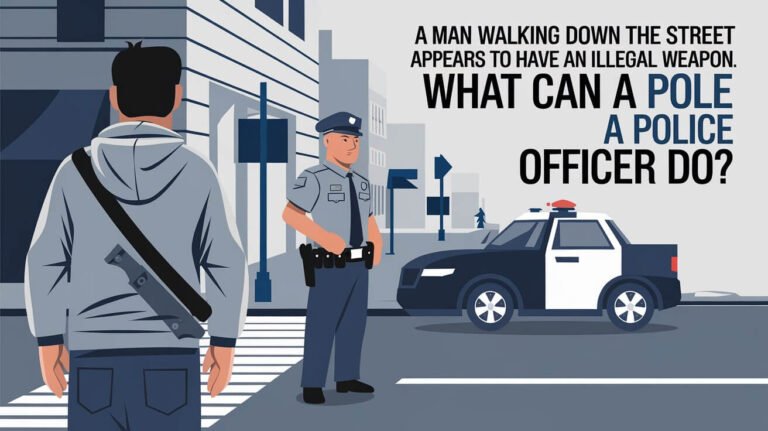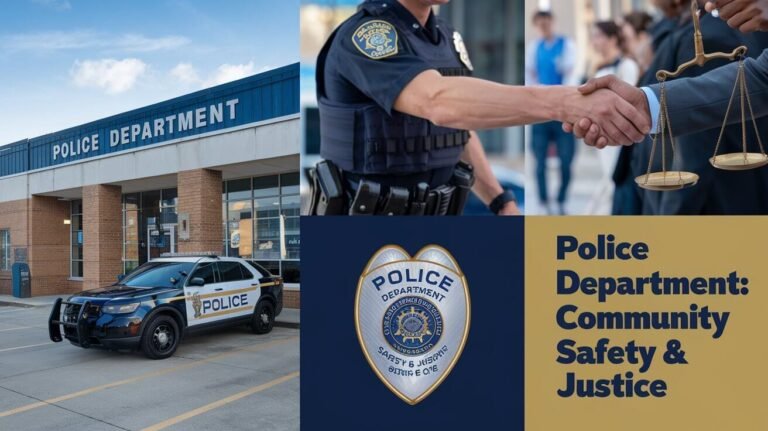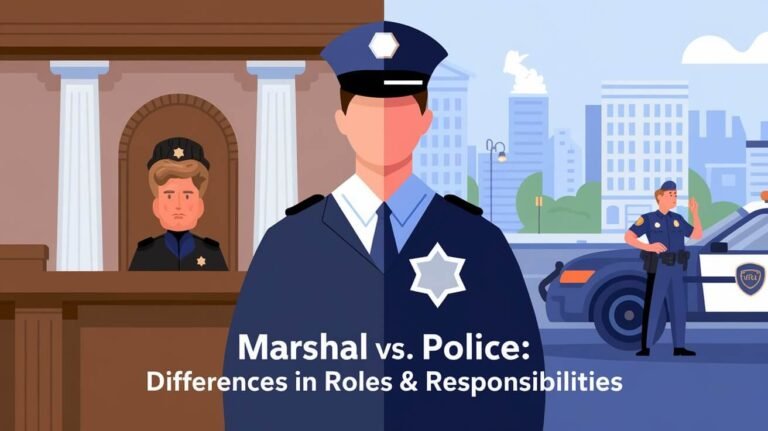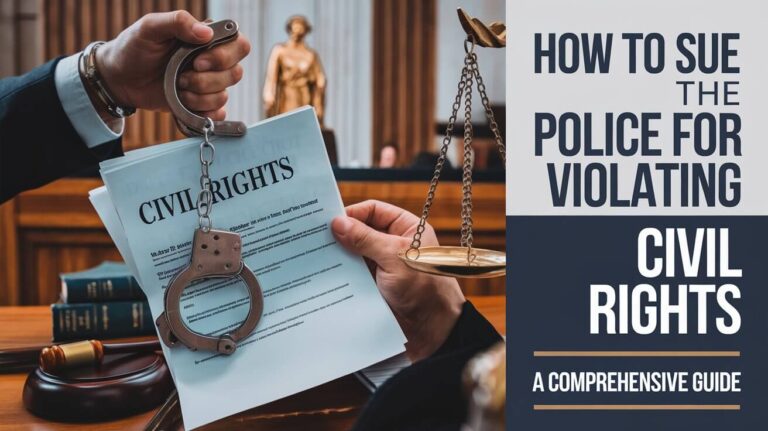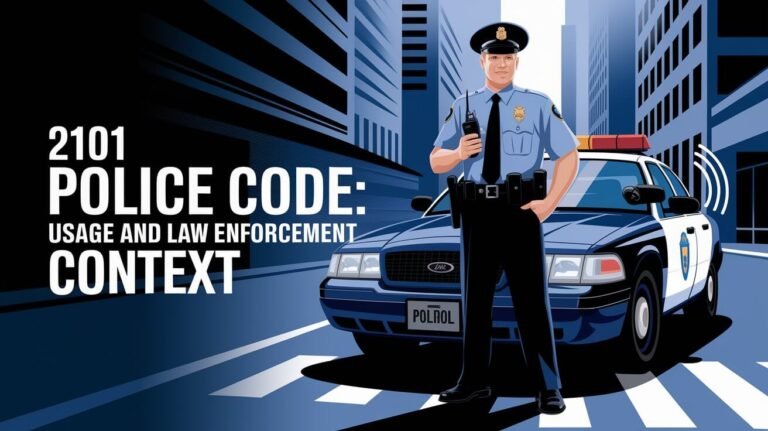How To Read New York Police Report: Step-by-Step Guide
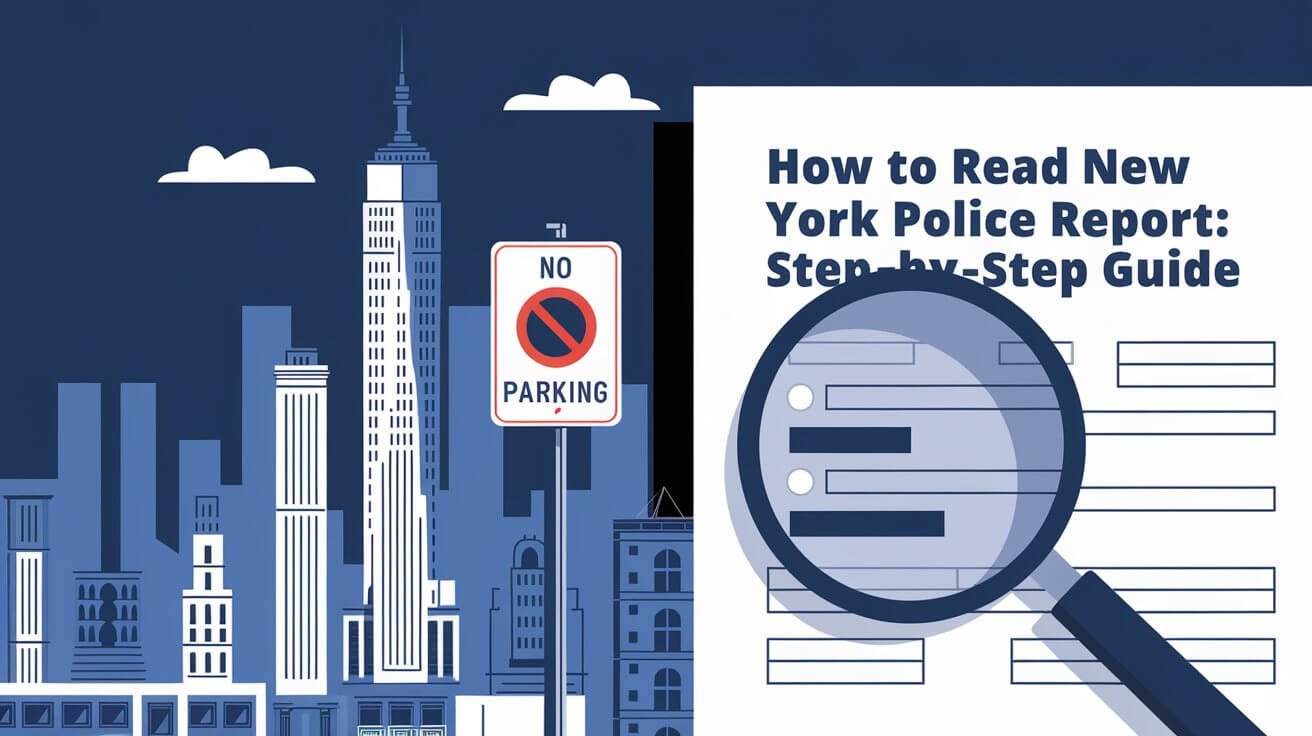
Ever looked at a New York police report and felt lost? These documents are full of codes, abbreviations, and details. They’re key for insurance claims, legal cases, and figuring out who’s at fault in accidents. But how do you understand them?
Get ready to learn how to read NYPD incident reports. You’ll discover the hidden information that could change your case.
Key Components of New York Police Reports
When we look at police reports from New York, it’s key to know what they cover. These reports give a detailed look at what happened. They are important for insurance, legal cases, and figuring out what happened.
Personal Information Verification
Police reports have personal details like names, addresses, and driver’s license numbers. It’s important to check this info is right. This helps make sure we know who was involved and if they’ve had any other problems.
Accident Location Details
The report will tell you where the accident happened. This includes the exact address or intersection. Knowing this helps us understand what might have caused the accident and helps with investigations.
Time and Date Documentation
It’s vital to get the time and date of the accident right. This helps us figure out what happened and why. It’s also key for understanding the situation better.
Essential Accident Report Sections
Understanding police terms and analyzing arrest reports is key. The New York Police accident report has important sections. These sections give valuable info about car crashes.
The report clearly states how many people got hurt. The “All Involved” section goes into more detail. It lists the injuries, where they are, and how bad they are. These are coded, and knowing the codes is important.
Boxes 19-24 on Page 1 show why the crash happened. Things like driving drunk, being inexperienced, speeding, and texting are listed. Each reason has a special code. This helps insurance companies and courts figure out who’s at fault.
| Accident Cause | Code |
|---|---|
| Alcohol Involvement | 01 |
| Driver Inexperience | 02 |
| Unsafe Speed | 03 |
| Texting | 04 |
Knowing the main parts and codes of the New York Police accident report, experts can understand it better. They can break down the details and figure out what caused the crash.
How To Read New York Police Report
New York Police Report is crucial for those involved in car accidents. These reports detail the incident, including personal info, location, and time. Knowing how to read them is important.
Basic Structure Analysis
New York Police Reports have a clear layout. They have numbered boxes for easy reading. The report may include a crash sketch and statements from parties involved.
Code Interpretation Methods
Reports use numeric codes to document incidents. It’s important to know what these codes mean. They can show injury types, damage severity, or commercial vehicle involvement.
Symbol Recognition Guide
Reports also use symbols to represent incident details. Knowing these symbols helps you understand the report better.
Learning about the structure, codes, and symbols in New York Police Reports is helpful. It’s useful for how to read new york police report, nypd incident reports, or interpreting police records.
Injury Documentation and Codes
Understanding law enforcement documentation and decoding police narratives is key. The injury section of the New York Police Report is very important. It uses specific codes to describe the injuries from accidents.
The injury location codes are found on Page 2 and Page 4. They show where on the body the injuries are. Knowing these codes is vital for insurance claims and legal cases, as they affect how much money you might get.
Injury type codes classify the injuries, from small cuts to serious breaks. These codes are on Page 4. They help document the injury’s nature and extent. It’s important to understand these codes well for accurate claims and legal outcomes.
The injury severity codes also categorize the trauma level. They range from minor to severe. Accurately reading these codes is key for the right medical care and compensation.
| Code | Injury Location |
|---|---|
| 01 | Head |
| 02 | Neck |
| 03 | Shoulder |
| 04 | Arm |
| 05 | Wrist |
| 06 | Hand |
| 07 | Chest |
| 08 | Abdomen |
| 09 | Pelvis |
| 10 | Hip |
| 11 | Thigh |
| 12 | Knee |
| 13 | Leg |
| 14 | Ankle |
| 15 | Foot |
Vehicle Information and Damage Assessment
Grasping the details in the vehicle information and damage section of a New York police report is crucial. It helps in making strong cases for personal injury claims or insurance disputes. This part gives important details about the vehicles, their types, and where any damage is.
Vehicle Type Classifications
The report uses codes to identify the vehicle types in accidents. These codes cover many types, like:
- Passenger cars
- SUVs and crossovers
- Pickup trucks
- Vans and minivans
- Buses and commercial trucks
It’s vital to correctly read and understand these codes. This is forreading police codesandanalyzing case filesabout the accident.
Damage Location Codes
The report also has codes for where damage is on the vehicles. These codes help comprehending police terminology. They make it clear what happened at the accident scene for insurance and legal needs.
| Damage Location Code | Description |
|---|---|
| FR | Front |
| RL | Rear Left |
| RR | Rear Right |
| SL | Side Left |
| SR | Side Right |
Insurance Information Fields
The last part of the vehicle section deals with insurance details. It includes info on insurance providers, policy numbers, and coverage limits. It’s important to accurately read police codes and analyze case files here. This helps in the claims process and getting fair compensation.
Commercial Vehicle Accident Reports
Commercial vehicle accident reports include details on buses, delivery trucks, and 18-wheeler tractor-trailers. Each type of large vehicle has a special code in the “Vehicle Type” box on Page 1.
These accidents can cause serious injuries and high costs. In New York, police must fill out an accident report with driver and insurance info. The New York Department of Motor Vehicles (DMV) also needs these reports after a crash.
To get a copy of the report, you might need to visit the police or check the DMV website. The DMV website lets you search for free at first. But, you might have to pay a small fee for more searches.
Page seven of the report is for accidents with semi-trucks or buses in New York. It has extra details and codes for the vehicles, drivers, and the incident. Knowing how to read these sections is important for understanding the accident.
Talking to a skilled New York car accident lawyer can help make sense of the report. They know how to deal with the complex details of these accidents. Learning about commercial vehicle accident reports helps you understand the process better.
Hospital and Medical Information Codes
When you read a New York Police Report, it’s key to know the hospital and medical codes. These codes help explain the treatment and injury details. They give a full picture of what happened and the medical care given.
Treatment Facility Identifiers
The New York police reports use 4-digit codes for treatment facilities. You can find these on Pages 5 and 6. They should match the codes in Boxes 17 and 18 on Page 1. Knowing these codes helps you understand the medical part of the report.
Injury Severity Classifications
The report also has injury severity codes. These codes show how serious the injuries were. They help figure out the medical treatment needed and the care given. It’s important to know these codes to understand the incident’s impact and the medical response.
| Injury Severity Code | Description |
|---|---|
| 1 | No Apparent Injury |
| 2 | Possible Injury |
| 3 | Non-Incapacitating Injury |
| 4 | Incapacitating Injury |
| 5 | Fatal Injury |
Learning the treatment facility and injury severity codes in New York police reports, you get a full view of the medical side. This is key to understanding the incident’s impact and the medical response.
Officer Observations and Narrative Section
The officer’s observations and narrative section in a police report gives a detailed account of an accident or incident. It’s based on the officer’s investigation. This part is key because it shows the officer’s view of the situation, including who might be at fault or if any citations were given. When looking at police records and understanding law enforcement documents, it’s important to check this section carefully.
The officer’s observations and narrative often include details such as:
- A description of the accident scene and the positions of the vehicles involved
- The officer’s assessment of the contributing factors to the accident, such as driver behavior, road conditions, or environmental factors
- Any statements made by the parties involved, including the officer’s interpretation of those statements
- The officer’s determination of fault or responsibility for the accident
- Any citations or charges issued as a result of the investigation
Carefully looking at the officer’s observations and narrative, people involved in an accident can understand the official account of what happened. This is important for their legal rights and insurance claims. Getting this part right is key to dealing with the aftermath of an accident and getting the right compensation.
| Key Factors in Officer Observations and Narratives | Importance for Accident Victims |
|---|---|
| Determination of fault or responsibility | Shapes liability and compensation claims |
| Description of accident scene and vehicle positions | Provides visual context for understanding the incident |
| Statements from involved parties | Offers insight into each person’s perspective |
| Citations or charges issued | Indicates possible legal consequences and affects insurance claims |
Witness Statement Documentation
When we look at police narratives and codes, witness statements are key. The New York Police Report captures the details of all witnesses at the scene. This helps authorities understand what happened and who might be at fault.
Contact Information Recording
The report carefully notes down each witness’s contact info. This includes their name, address, and phone number. It makes it easy for investigators to reach out for more details or to clarify their stories. Getting this information right is vital for a thorough investigation.
Testimony Documentation Format
- The testimony is written in a standard way, summarizing each witness’s account of the accident.
- It includes what they saw, their thoughts on what happened, and any extra details they have. This helps the investigation.
- The officer’s notes can support or challenge other evidence, like the police report or damage assessments.
Recording witness statements well, the New York Police Report becomes a detailed record. It’s essential for understanding the incident’s complexities. This info is key for dealing with insurance claims, figuring out who’s liable, and legal actions.
Diagram and Scene Documentation
Diagram and scene documentation are key when looking at police reports. Many New York police reports have detailed diagrams or sketches of the accident scene. These drawings are very helpful.
They help show the order of events and give a clear view of the accident site. This is very important.
Police reports also include photos of the accident scene, vehicle damage, and road conditions. These pictures are essential for understanding what happened. They help us see the events leading up to and during the accident.
- The Technical Working Group on Crime Scene Investigation (TWGCSI) has 44 members. They come from law enforcement, forensic science, prosecution, and defense.
- The guide, Crime Scene Investigation: A Guide for Law Enforcement, was made over a year. The National Institute of Justice (NIJ) supported it.
- The guide wants to improve crime scene investigation. It suggests following good practices. It also advises considering what works best for local agencies and situations.
Looking at diagrams and visual documentation in police reports, we can understand the accident scene better. This helps in figuring out who is liable. It also helps in making strong legal strategies.
Final Verdict
Learning to understand arrest reports and investigative summaries is key in the legal world. Knowing how to read a New York Police Report helps protect your rights and aids in insurance claims. This report is vital for figuring out who was at fault and for legal actions.
By learning the codes, symbols, and stories in these reports, you get a clear picture of what happened. This knowledge helps you make smart choices and support your case.
The New York Police Department’s reports are full of important information. They include personal and vehicle details, and even injury reports. Knowing how to read these reports helps you understand what happened and fight for your rights.
Whether it’s a small accident or a big one, understanding the police report is important. It can change how your case goes.
Remember, the police report is a key piece of evidence. By learning to read it, you can find important details and build a strong case. This helps protect your rights and interests after an accident.

